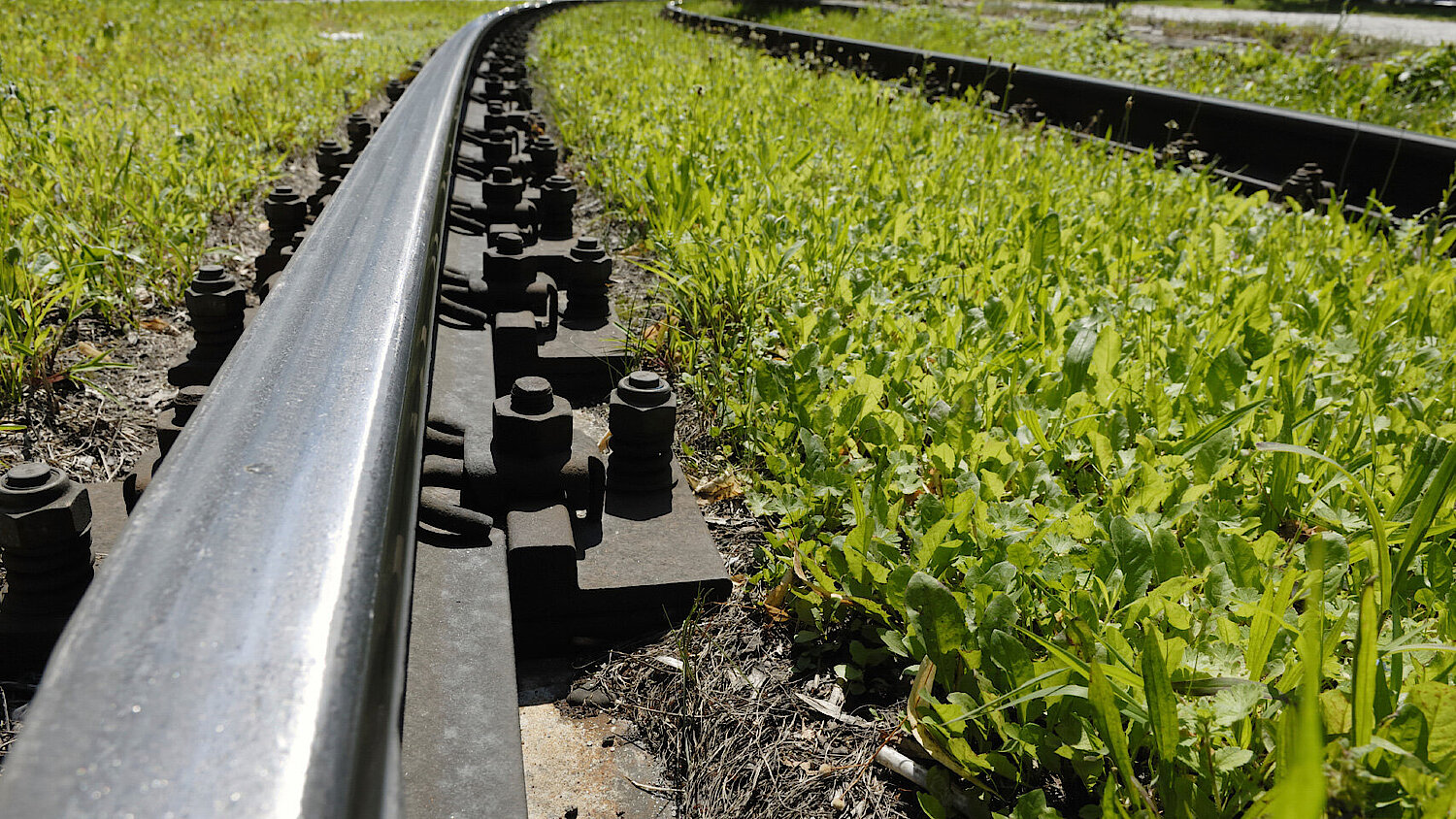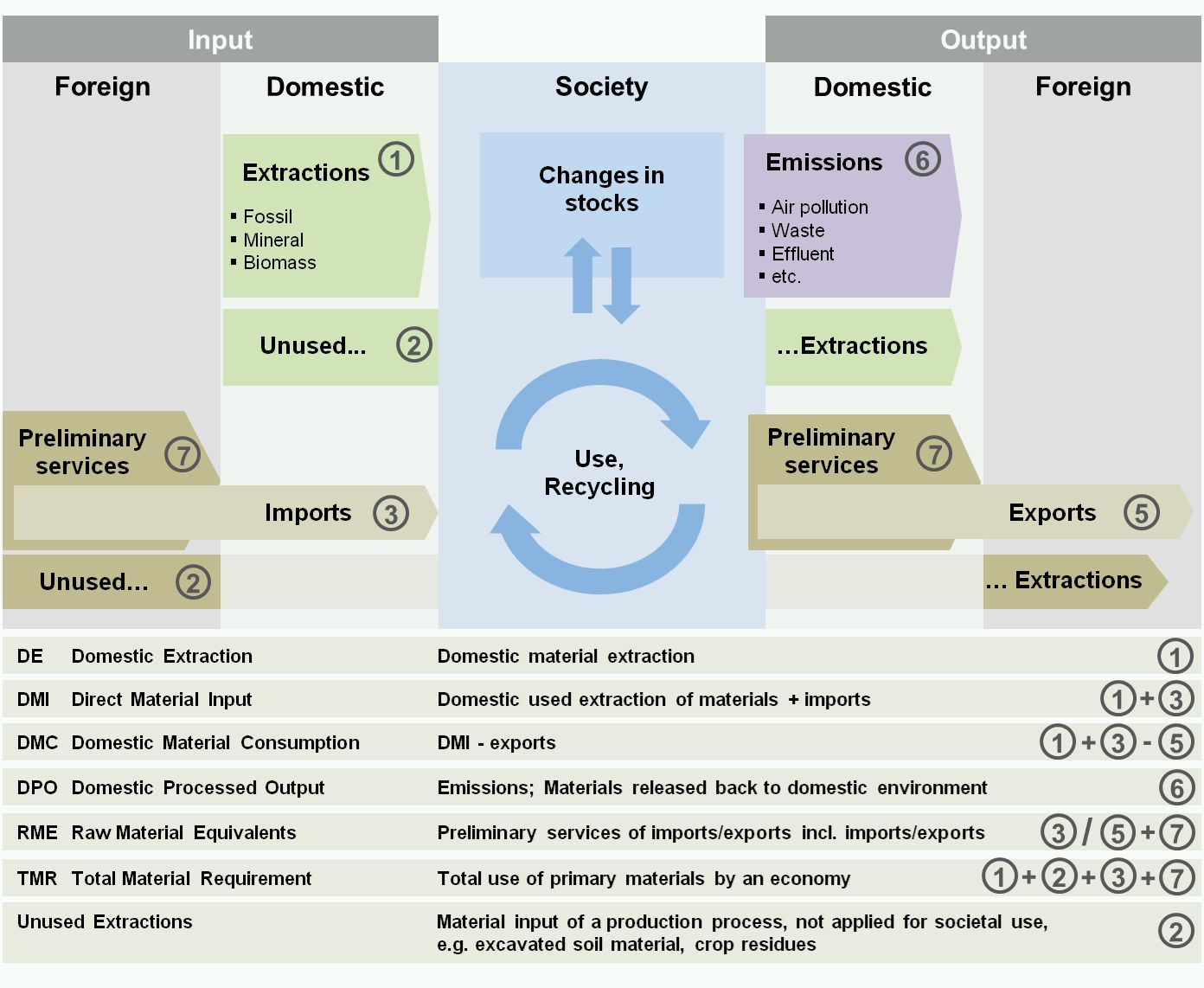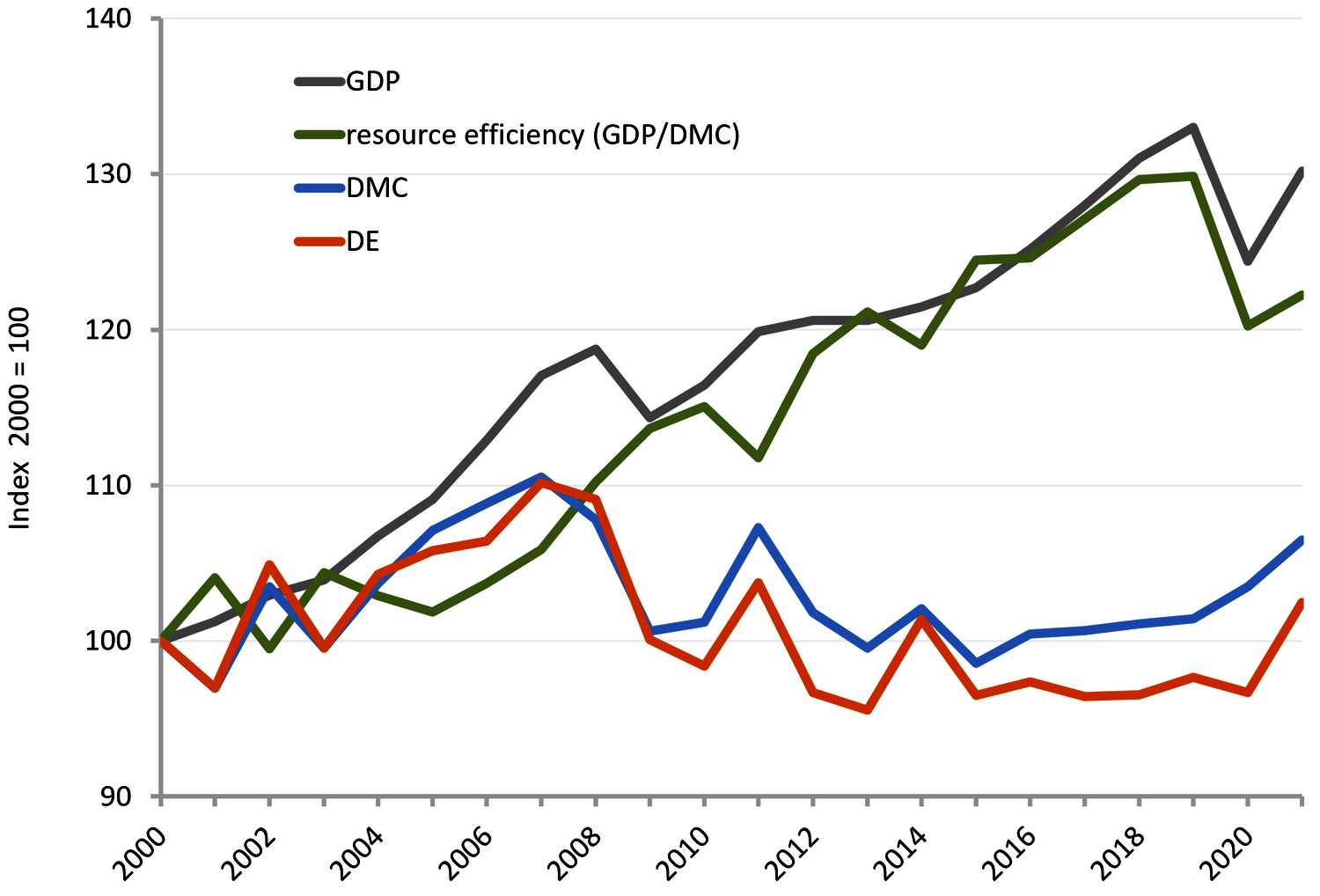Material flow accounts and analysis
Material flow accounts are a harmonised, EU-wide method covering the total flows of raw materials found in nature and of goods from abroad into a society, as well as changes of capital assets within a society and the release of wastes and emissions to nature or exports to other national economies. They thus are an important instrument for measuring the sustainable development of an economy.

Because they display the use of domestic and imported resources in a society, material flow accounts are an important instrument in resource and waste management and they are an indicator of sustainable development. They are a key component of national environmental reporting. Derived indicators of the MFA are included in the measurement of the UN Sustainable Development Goals and serve as the basis for calculating indicators for the circular economy.
To describe the physical exchange processes between society and nature, the whole national economy (see graph below) is displayed as an input/output system.
In material flow analysis, material inputs are shown as four material flows (biomass, metal ores, non-metal minerals and fossil energy sources) and accounted for in physical units (usually tonnes). On the output side, the release to nature via the air, soil, water as well as the dissipative use and loss of goods is shown.
In 2009 the material flow accounting system was expanded by Eurostat to include so-called balancing Items. These items, which may be accounted for as inputs or outputs, have a significant influence on the water regime and on air, even though they cannot be understood as a direct or unused withdrawal, e.g. the amount of air required for combustion engines or the water demand of the drinks industry. If these balancing items are included, the material balance of an economy can be described by the following equation:
DE + import + balancing items = DPO + exports + balancing items +/- changes in stocks
Ressourceneffizienz
Because it is embedded in the system of environmental economic accounts, it is possible to measure the resource efficiency of an economy using MFA.This is done by comparing the economic development of a country, i.e. the gross domestic product (GDP), with the material consumption (DMC). The material intensity (DMC/GDP), shows how many material units are needed to produce one unit of the GDP. On the other hand, resource efficiency (GDP/DMC) shows how much value-added can be produced with one unit of material input.
Global demand for materials
One possibility to increase the resource efficiency of a country is to outsource the material-intensive production to another country.However, this does not mean a real increase in efficiency, but merely a shift in the problems associated with the extraction and processing of natural resources.In order to measure the actual use of materials associated with a country's consumption processes so-called raw material equivalents have been calculated for a number of years.These also take into account the material inputs that were necessary to manufacture a good.This is also known as calculating a country's material footprint.
When considering material consumption, imports and exports therefore play an increasingly important role.
Compatibility with the system of national accounts
Adapting the system boundaries of material flow accounting to those of the national accounts makes it possible to link material flows to economic data. Data organisation is compatible with ÖNACE and NAMEA and can therefore be integrated into the system of national accounts and other established environmental reporting systems. Important points of the accounting method have been agreed at international level.
Material flow accounts can be drawn up at different levels, e.g. for individual companies, economic sectors, regions, national states or at the global level. At each of these levels the total amounts of materials that a system takes up, uses internally or releases again within a given period of time are accounted for.
Material flow accounts for Austria have been established as a time series from 1960. They are updated with the latest data by Statistics Austria every year.
At European level a time series for the EU-15 has been provided from 1970 and for the EU-27 from 2000.
Statistics Austria: Material flow accounts
BMLUK: Report “Resource Use in Austria 2024” (deutsch)
OECD: Resource Efficiency and Resource Productivity (Recommendations of the Council)
EU: Thematic Strategy on the sustainable use of natural resources
materialflows.net - The online portal for material flow data
BMK: RESET2020 - Ressourceneffizienz im Bundesministerium (deutsch)


